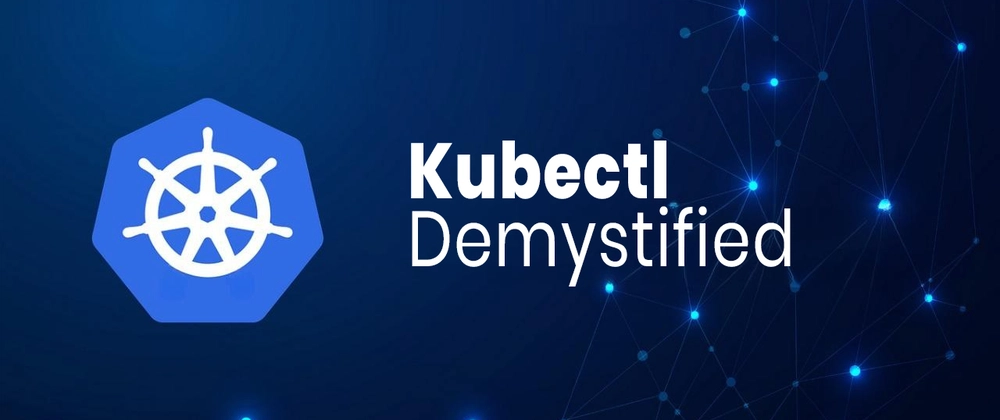ubernetes has become the de facto standard for container orchestration, and kubectl is the primary command-line tool for interacting with Kubernetes clusters. One of the most useful yet often overlooked commands in kubectl is cluster-info. This article explains what kubectl cluster-info does, when to use it, and how to leverage it effectively—especially for those preparing for the Certified Kubernetes Administrator (CKA) exam.
What is kubectl cluster-info?
The kubectl cluster-info command provides a high-level overview of your Kubernetes cluster. It displays the addresses of key components in the control plane (like the API server) and core add-ons (e.g., CoreDNS, metrics server) running in your cluster. Think of it as a quick "health check" to confirm your cluster is operational and accessible.
What Does kubectl cluster-info Do?
When executed, the command queries the Kubernetes API server (the central management point of the cluster) to retrieve information about:
- Control Plane Components: The API server, scheduler, controller manager, etcd, etc.
- Core Services: Add-ons like CoreDNS, metrics server, or the Kubernetes dashboard (if installed).
Sample Output
$ kubectl cluster-info
Kubernetes control plane is running at https://192.168.49.2:8443
CoreDNS is running at https://192.168.49.2:8443/api/v1/namespaces/kube-system/services/kube-dns:dns/proxy
Here:
- The
control planeURL is the address of the API server. -
CoreDNSshows the DNS service for internal cluster communication.
When to Use kubectl cluster-info
Verify Cluster Connectivity
After configuringkubectl, run this command to ensure you’re connected to the correct cluster.Troubleshooting
If other commands fail (e.g.,kubectl get pods), usecluster-infoto check if the API server is reachable.CKA Exam Readiness
During the exam, quickly validate your cluster’s status before performing tasks.
Examples and Usage
1. Basic Usage
kubectl cluster-info
Output Explanation:
- Confirms the API server is running and lists core services. If services like CoreDNS aren’t listed, they might not be installed or configured properly.
2. Check Specific Contexts
If you work with multiple clusters (e.g., dev, prod), use the --context flag:
kubectl cluster-info --context=my-dev-cluster
Why This Matters:
- Ensures you’re interacting with the intended cluster. Critical for avoiding accidents in production!
3. Enable Verbose Mode
Add -v=6 to see detailed API requests:
kubectl cluster-info -v=6
Sample Output:
I0920 10:00:00.123456 12345 loader.go:372] Config loaded from: /home/user/.kube/config
I0920 10:00:00.234567 12345 round_trippers.go:454] GET https://192.168.49.2:8443/api/v1/namespaces/kube-system/services/kube-dns:dns/proxy
...
Use Case:
- Debug connectivity issues by inspecting API server requests.
4. Dump Detailed Cluster Information
Use dump to collect extensive logs and statuses (helpful for support tickets):
kubectl cluster-info dump
Output:
- Logs from control plane components (API server, scheduler, etc.).
- Resource states (pods, nodes, events).
Flags:
-
--output-directory=logssaves logs to a directory. -
--namespaces=kube-systemlimits dumping to specific namespaces.
Common Errors and Fixes
Error 1: Unable to Connect to the API Server
The connection to the server <API-SERVER-URL> was refused
Solution:
- Check if the Kubernetes control plane is running (e.g.,
systemctl status kubeleton master nodes). - Verify your
kubeconfigfile points to the correct cluster (kubectl config view).
Error 2: CoreDNS Not Listed
If CoreDNS doesn’t appear in the output:
- It might not be deployed. Install it using:
kubectl apply -f https://github.com/kubernetes/kubernetes/blob/master/cluster/addons/dns/coredns/coredns.yaml
CKA Exam Tips
Quick Context Switching
Usekubectl config use-context <context-name>before runningcluster-infoto ensure you’re on the right cluster.Validate Cluster Health
Before starting exam tasks, runkubectl cluster-infoto avoid wasting time on misconfigured clusters.Use Verbose Mode Sparingly
While-v=6helps debug, it adds noise. Use it only when necessary.
Conclusion
The kubectl cluster-info command is a simple but powerful tool for validating your Kubernetes cluster’s status. Whether you’re a beginner learning Kubernetes or a candidate preparing for the CKA exam, mastering this command will save time and reduce errors. Remember to combine it with other commands like kubectl get nodes and kubectl get pods -A for a comprehensive cluster overview.
Key Takeaways:
- Use
cluster-infoto verify connectivity and core services. - Leverage
--contextfor multi-cluster environments. -
dumpis your go-to for debugging complex issues.
With this knowledge, you’re one step closer to Kubernetes proficiency! 🚀




Top comments (0)